For the first time ever, Out Adventures touches down in Madrid, then Spain’s northern province of Galicia for an active gay adventure along the Camino de Santiago, or Way of Saint James. Today this landmark Catholic pilgrimage is just as popular with secular wayfarers including LGBT trekkers, and Spain is already one of the most gay-welcoming destinations on Earth, so we’re looking forward to getting some serious steps in. Following a warm-up in Madrid we’ll tackle the final 111km/69mi over five soul-searching and sole-searing days. You don’t have to be in top shape to join us, but you must be determined. Here are ten more points to ponder and pique your intrigue.
10. The patron saint could really…slay.
Santiago Matamaros — or St James the “Moor Slayer” — was an apostle of Jesus and the son of Zebedee. However, his notorious appellation arose from the Battle of Clavijo. At this mythic fight he allegedly helped the Christians conquer the Muslim Moors.
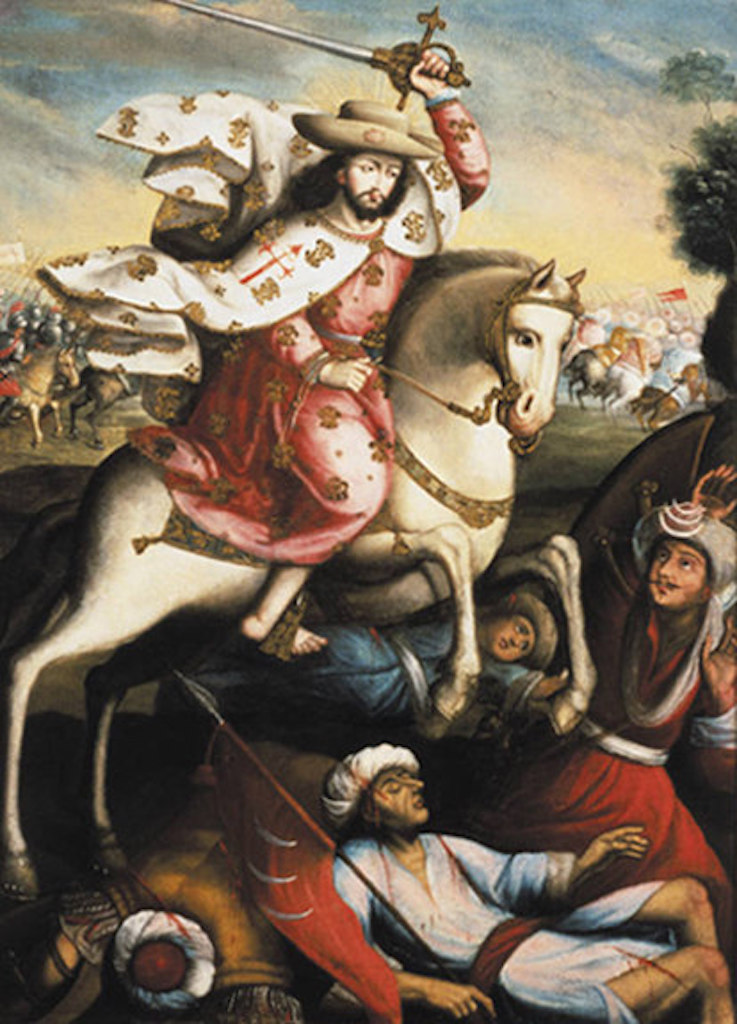
9. It’s actually a network of routes.
The Camino de Santiago isn’t a single route but a mix of trails, paths, roads and other avenues. These include the Via Plata, or Silver Route and Camino Primitivo, or Ancient Route, with many other divergences to consider. Our group will tackle the most popular final leg of the Camino Francés, or French Route. As we wander through the hills of Galicia you will swear you hear Julio Iglesias serenading you onward. And It. Feels. Right.
8. It has a logo.
If you want to accessorize for this biblical pursuit, consider the scallop shell. The Camino de Santiago brandishes scallops everywhere from road signs to pendant jewelry. The shell is often embellished with the red Cross of St James, and serves as a metaphor: all those lines that radiate from the centre represent the many roads to Santiago de Compostela. On more practical terms, in other times, the shell doubled as a plate and cup during food breaks. Today it’s the quintessential souvenir of this famous Spanish saunter, and offers a powerful connection to every person that has walked – and will walk – the hallowed journey.
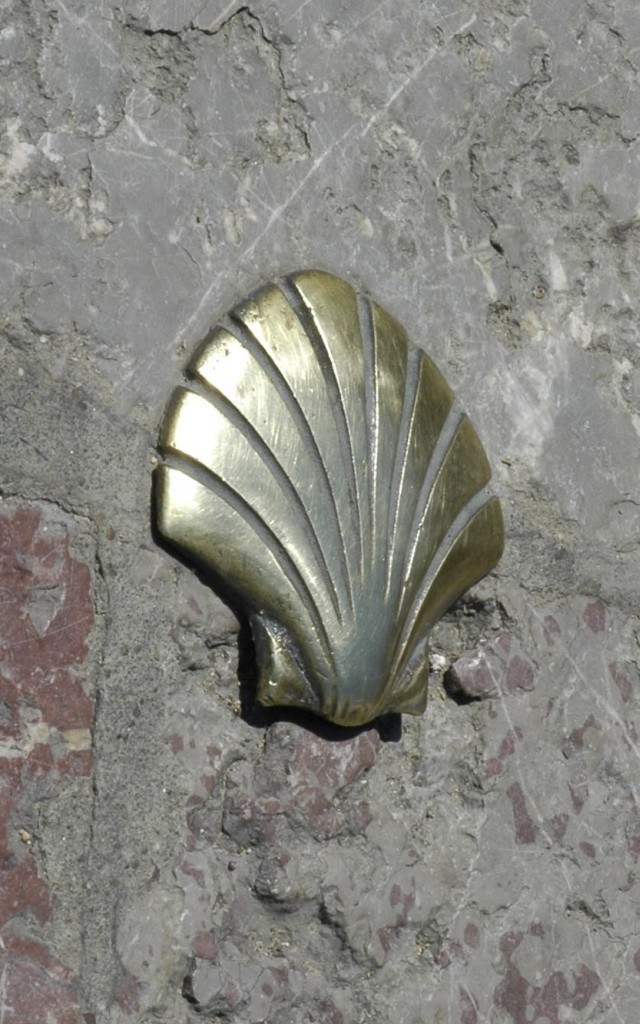
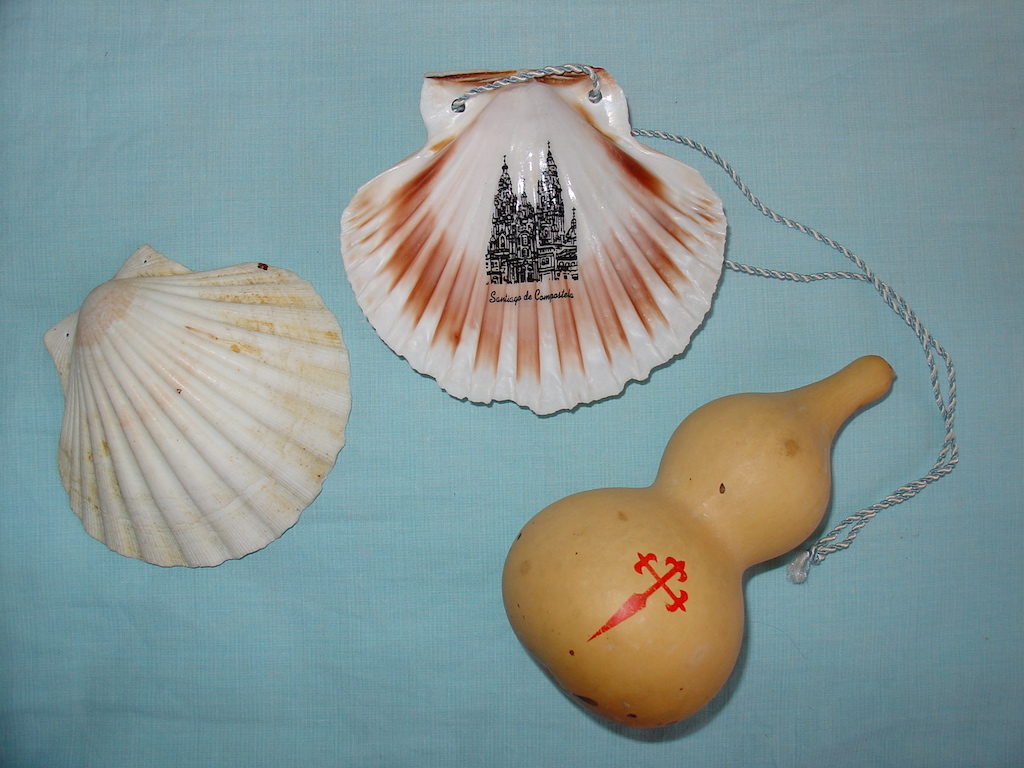
7. It’s nearly one millennium old.
The earliest known pilgrims from England arrived about 1092. Within a few more decades, the first routes had been established. Hospitals were built and run by Catholics as places for the devoted to stay. They formed the bases of towns and remain popular today. Even the original guide book of yore – the Codex Callixtinus – is still the go-to reference guide for the Camino today. Don’t miss your chance to enjoy this walk for the ages with a modern group of guys.

6. It’s supergalactic, baby.
In Spanish, the Milky Way galaxy is also called the Camino de Santiago (it beats the literal translation, Vía Láctea, which sounds like a voluptuous Latin drag queen). Legend says the galaxy was formed by the clouds of dust kicked up by the throngs of worshippers walking the sacred pilgrimage.

5. It’ll take you to church.
The traditional end to the pilgrimage is at the Cathedral in Santiago de Compostela, which is said to be built above Santiago’s tomb (it’s one of only three churches built over the remains of a disciple of Jesus). Early pilgrims from Castanola are said to have carried the pieces of limestone that built this house of worship. Today you can participate in one of several rituals upon arrival like touching the central pillar while giving thanks for safe passage.
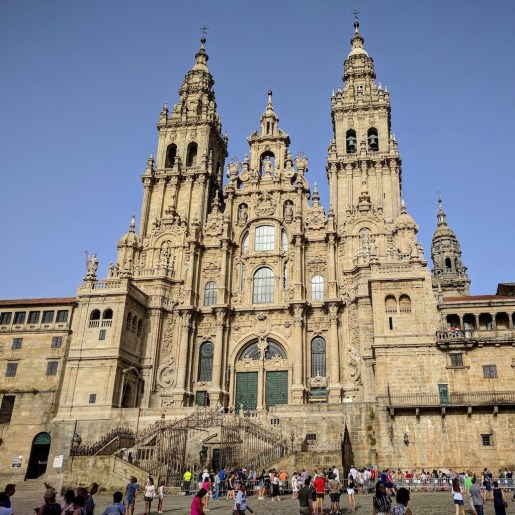


4. It’s a UNESCO World Heritage Site.
The entire 1500km network of Northern routes has been declared a singular UNESCO World Heritage Site. For logistical purposes, however, the French Route/Camino Francés is today’s official walking route. This helps ensure adequate accessibility and safety. We’ll wander through all sorts of landscapes, towns, trails, paths and roads during our five days en route, not to mention our nights spent in signature Galician accommodation.
3. The town of Santiago de Compostela is also a UNESCO site.
The Cathedral isn’t the only impressive thing about where we complete our pilgrimage. The entire old town of Santiago de Compostela has been declared UNESCO World Heritage Site of its own. The Town Hall and Alameda Park are two of the Instagram-worthy public spaces where we can unwind after our trek.
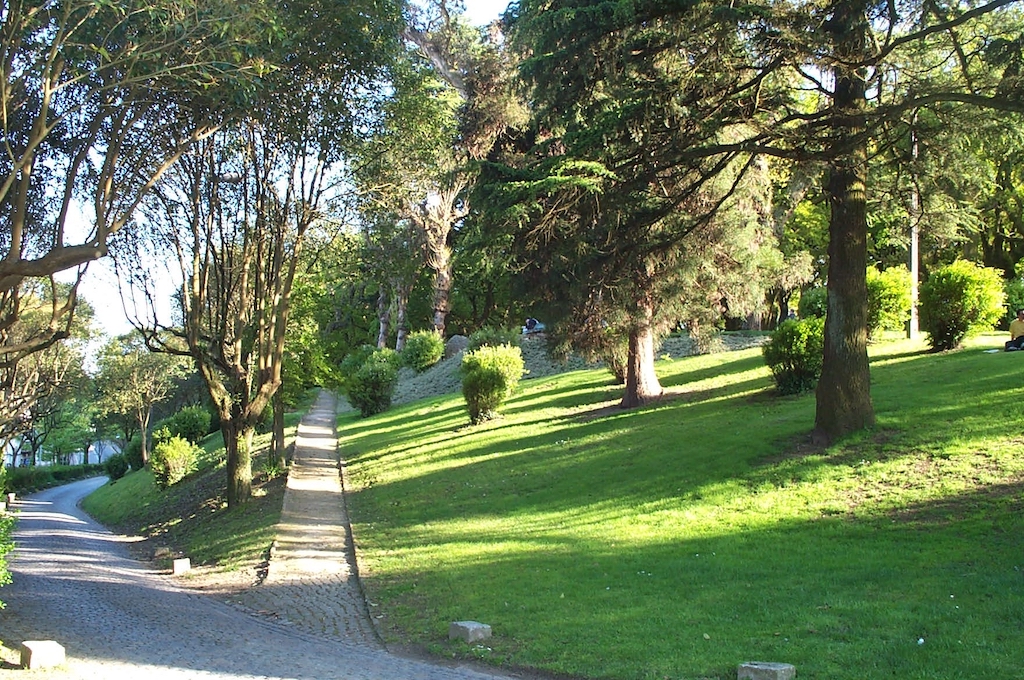
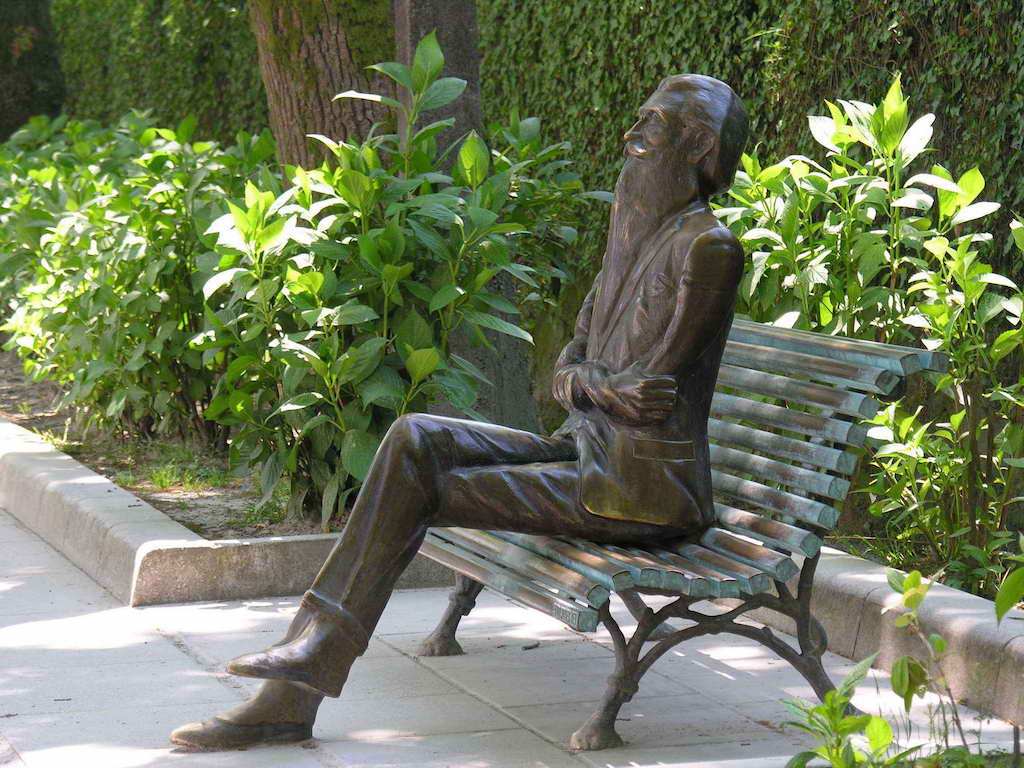
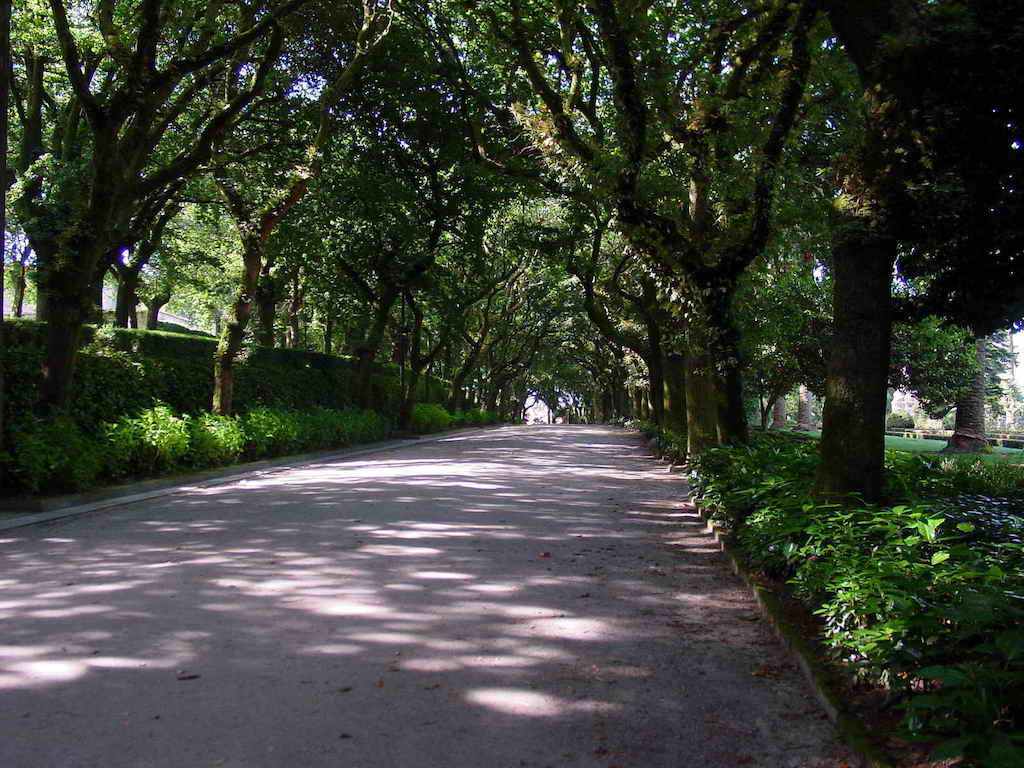
2. It actually ends on the Coast.
While the cathedral in Santiago de Compostela’s old town is where most people celebrate their journey, one could also carry on to Cape Finisterre, which was considered the end of the world in another time. The extra trek would take another 3-4 days, and many pilgrims would burn their boots and ragged clothes for a dramatic finale to their jaunt (the practice has since been banned). We’ve arranged an afternoon drive to the coast the day after we reach the town to round out your pilgrimage experience.
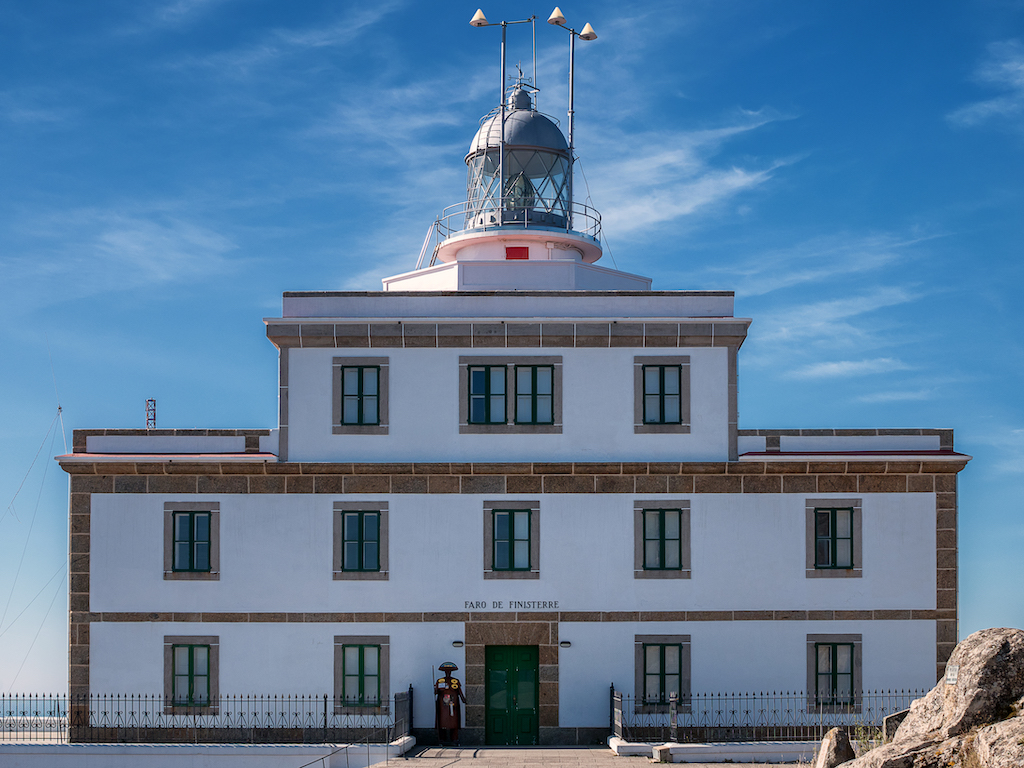
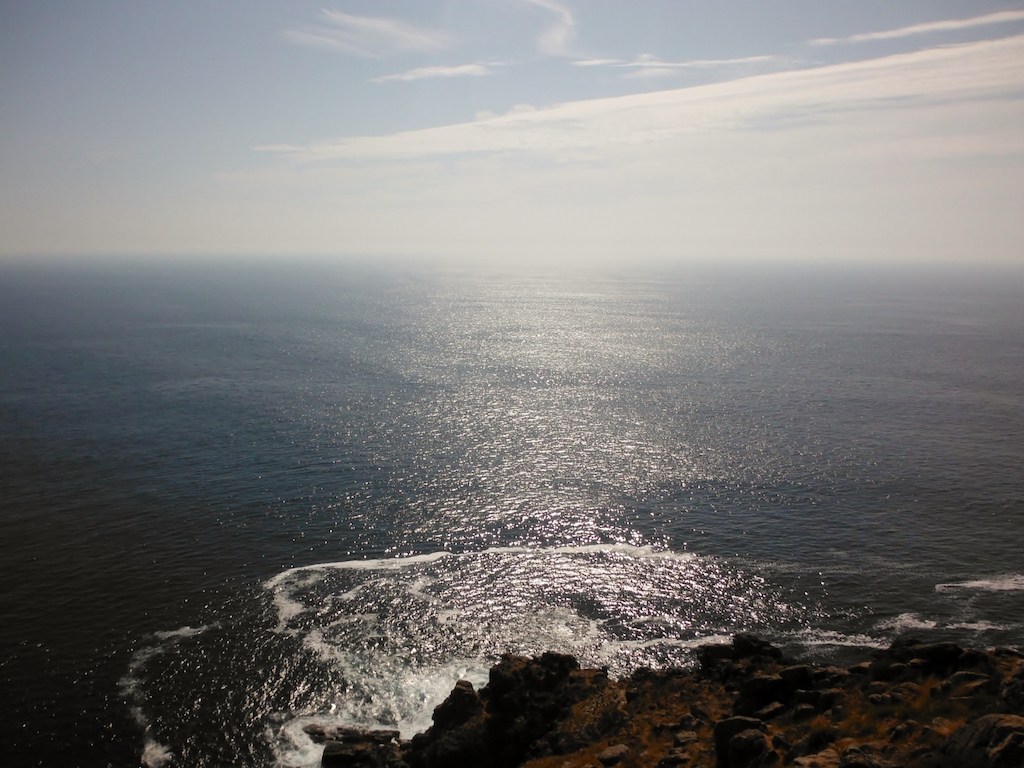
1. The Pilgrim Passport is your proof of passage.
Nearly 300,000 people walk or bike to Santiago de Compostela every year. To identify yourself as a legitimate wayfarer on the journey, it’s essential to carry your Pilgrim Passport. It must then be stamped daily to prove you’ve put in your steps or spins. Pilgrims who complete the final 100 km (which we do) will qualify for a compostela – the certificate of completion.
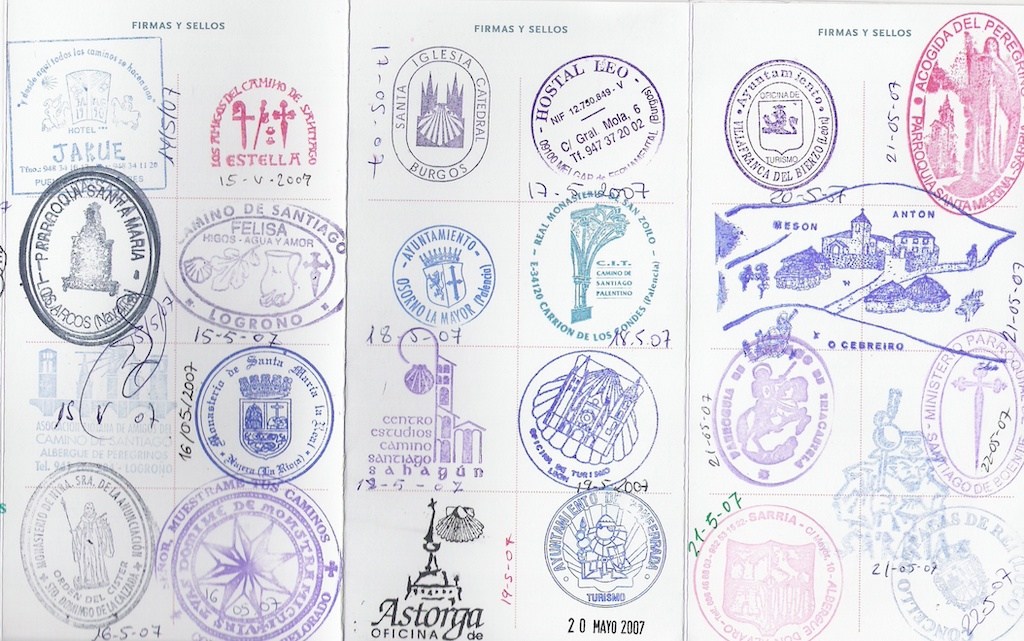
Image credits: Cover courtesy of Andaspain. Saint James, scallops, Codex letter, Milky Way, cathedral, Alameda Park, Finisterre and passport images courtesy of Wikipedia Commons.
Featured Posts
We at Out Adventures are ecstatic to host our first gay Camino de Santiago hike. To help potential guests such as yourself feel prepared for the journey, we’ve compiled everything you need to know before booking this unforgettable pilgrimage.Read More
Sweat and schlep on one of Out Adventures' epic international Gay Hikes. From the Peruvian Andes to exhausting Everest Base Camp.Read More
10 nuggets of wisdom to consider before booking Out Adventures' gay hike towards Machu Picchu, Peru.Read More
Based on the feedback of past gay Everest explorers, here are the top ten things they wish they had known before hitting the Himalayas. Read More
Breaking down the uniquely Nepalese accommodations known as Tea Houses.Read More
Six tips to best prepare for Out Adventures gay trek to Everest Base Camp, Nepal.Read More
